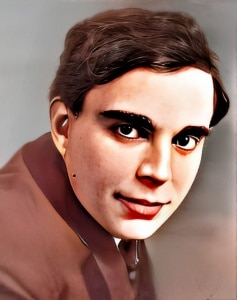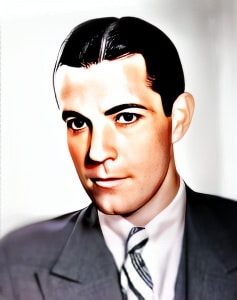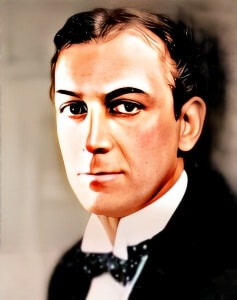 James Cruze was a significant figure in the early days of Hollywood and the silent film era.
James Cruze was a significant figure in the early days of Hollywood and the silent film era.
Born on March 27, 1884, in Ogden, Utah, and passing away on August 3, 1942, in Los Angeles, California, he made notable contributions to the world of cinema, both as a director and actor.
Cruze began his career in the entertainment industry as an actor, making his screen debut in the silent film “The Devil” in 1915. Although he appeared in various roles during his acting career, it was his transition to film directing that truly defined his impact on the industry.
In 1916, James Cruze directed his first film, “The Tragic Honeymoon,” marking the start of a prolific career as a director. Throughout his career, he directed over 90 films, establishing himself as a versatile and innovative filmmaker. His work spanned a wide range of genres, from comedies to dramas and even Westerns.
One of his most celebrated works was “ The Covered Wagon” in 1923, a groundbreaking Western epic that became a critical and commercial success. This film is recognized as a milestone in the Western genre and is often cited as one of the greatest Westerns ever made. Cruze’s meticulous attention to detail and innovative storytelling techniques were evident in “ The Covered Wagon,” and it remains a classic and a testament to his directorial skill.
Additionally, James Cruze’s work extended beyond Westerns. He directed the 1913 film “ The Marble Heart,” which is an early example of his directing prowess. This silent drama was a significant success of its time and showcased Cruze’s ability to convey emotional depth and engage audiences with compelling narratives.
Cruze’s directing style was characterized by his ability to capture the spirit of his subjects and settings. “ The Covered Wagon” demonstrated his talent in transporting viewers to the American frontier, creating an immersive experience. His use of location shooting, impressive set pieces, and a compelling narrative contributed to the film’s enduring popularity.
In addition to “ The Covered Wagon” and “ The Marble Heart,” Cruze directed other notable films, including “Old Ironsides” (1926) and “The Great Gabbo” (1929). His work often pushed the boundaries of cinematic technology at the time, pioneering the use of Technicolor and other innovative methods.
During the 1920s, James Cruze continued to solidify his reputation in the film industry. He collaborated with well-known actors of the era, including Bebe Daniels, Jack Holt, and even a young Gary Cooper. His films were characterized by dramatic narratives and lavish production values, setting them apart in the competitive landscape of silent cinema.
As the silent era transitioned to the sound era, Cruze adapted to the new challenges. While his later works did not match the critical acclaim and commercial success of his silent masterpieces, he remained a respected figure in Hollywood. His legacy endures as a testament to his contributions to the world of cinema, encompassing both silent masterpieces like “ The Covered Wagon” and earlier works like “ The Marble Heart.” James Cruze’s influence on the film industry is undeniable, and his films continue to be celebrated by cinephiles and historians alike.
Loading live eBay listings...




